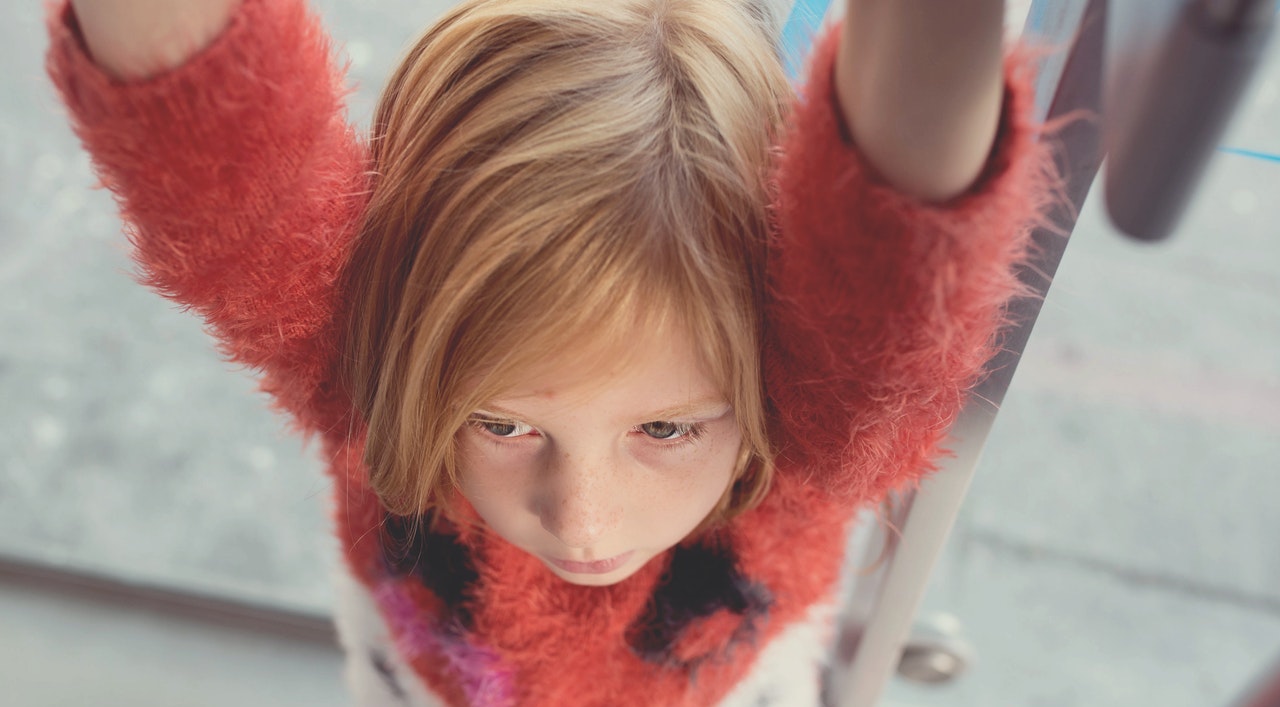Highlights
Journalist Robby Soave’s recent investigation for Reason into the treatment of Adam and Jessica Lowther by New Mexico’s Children, Youth, and Families Department (CYFD) is heartwrenching. False accusations made by a teacher about the parents’ treatment of their four-year-old daughter—suggesting that she had been molested—as well as her older brother’s involvement, turned into a years-long case that separated the Lowthers (who have been married for 20 years) from each other and from their children for several months. Lowther lost his job as a result, and they are suing the state to recoup some of the $300,000 in legal bills they paid to put their family back together.
He also tells Soave that he hopes to send a message to the child welfare agency about how they treat parents. "I can only imagine how bad it is for other families," said Adam. "We want this to stop."
Being separated from their children is every parent’s nightmare, and these days it is not uncommon to hear cases of children being reported for walking around the block by themselves or going to the playground alone.
But how many cases are there of parents being targeted when they are innocent? We don’t really know. Some 3 million children are the subject of maltreatment investigations each year, 700,000 of which are substantiated. But it’s important to remember that just because a case couldn’t be substantiated doesn’t mean maltreatment didn’t occur.
Adam Lowther says he is particularly concerned that CPS is investigating some families more than others. According to a study in the American Journal of Public Health, about 37% of Americans will receive a visit from CPS, but among African Americans, the rate is higher (53%). Lowther told Reason, “Prior to this, I would never have called myself a supporter of Black Lives Matter. My view of law enforcement has completely changed."
Just because a higher percentage of black families are investigated does not mean that child protective services is systemically racist. Family structure is strongly associated with the risk of child abuse, and kids who live in homes with a mother and her boyfriend are about 9 times more likely to be the subject of maltreatment than kids who live with their married biological parents.
In fact, the accusation that the child welfare system is taking kids out of their homes because workers are racially biased may actually be producing more problems. As Diane Redleaf, a lawyer quoted in the Reason article, wrote in her recent book, They Took the Kids Last Night, “Making middle-class white parents…out to be child abusers would establish the State’s evenhandedness.”
In other words, the agency may have gone after the Lowthers with particular tenacity in order to show that they don’t only go after poor or minority families.
CPS workers have for years undergone something called “implicit bias training,” which is popular in various other fields now, too. Participants are made aware of the prevalence of stereotyping and they are taught that they must examine their own prejudices before making any decisions—like whether to kick someone out of Starbucks. Unfortunately, as Michael Fitzgerald writes in the Washington Monthly, “the dirty secret is that there’s no evidence that implicit bias trainings do anything to mitigate it. It’s a technique with a lot of buzz but little experimental support.” He continues:
One peer-reviewed study found that making people aware of the prevalence of stereotyping could, paradoxically, make them more likely to think and act based on stereotypes. Another found that people who get messages about why they shouldn’t be prejudiced were then more likely to act in a prejudiced way when compared to a control group.
Fitzgerald suggests that “colorblind” decision-making, in which a set of facts is presented to a group of child welfare workers, would end up doing more to change the disparate focus of child welfare investigations. He worries that “color blinding only reduced the racial disparity from horrific to bad.” But as long as black families are disproportionately poor and headed by single mothers, there’s little reason to think that child maltreatment would occur at the same rate as in other families.
This is probably not the conclusion that the leaders of Black Lives Matter want to hear. But because black lives do matter, then protecting black children from harm has to be the priority.
Naomi Schaefer Riley is a senior fellow at the Independent Women’s Forum and a resident fellow at the American Enterprise Institute.















